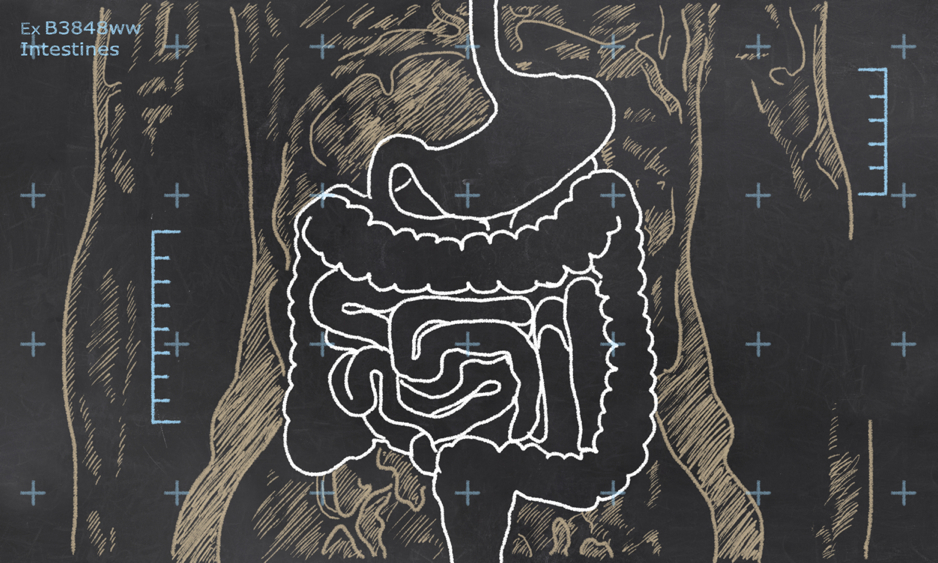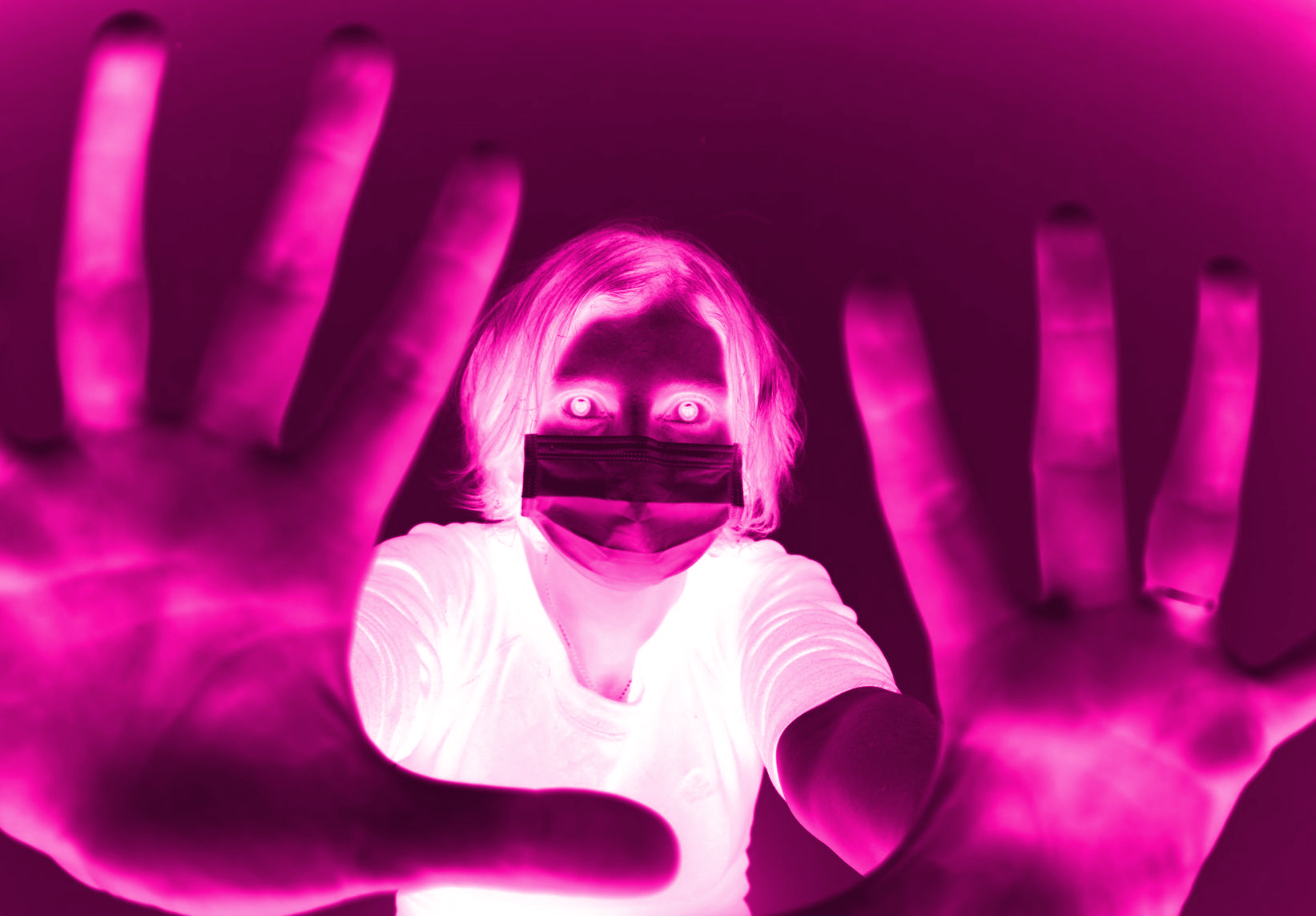Hospital Acquired Infections (HAIs) are a serious problem throughout the world. There’s a growing recognition that surgical knives and operating rooms aren’t the only things that need a thorough cleaning. Spots like bed rails and even television remote controls in a hospital room can be highly contaminated. In fact, call buttons and bed trays are among the worst offenders. Bacteria can survive for extended periods of time on common healthcare “touch” surfaces. And it only takes a minute for a nurse or visitor with dirty hands to walk into a room, touch a vulnerable patient with germy hands, and undo the benefits of cleaning.
The emergence of a nasty strain of an intestinal bug called Clostridium difficile, or C-diff, triggered a renewed emphasis on hospital hygiene a decade ago. The diarrhea-causing C-diff superbug colonizes in the intestine and produces toxins that attack the gut, causing severe complications and sometimes death. Nearly 30,000 U.S. deaths annually are linked to C-diff. Complicating matters, a new strain of C-diff has emerged (NAP/0127). First identified in Canada, it produces a more severe colon infection that has now spread to all 50 U.S. states.
Why is C-diff worse than other hospital superbugs? They’re very difficult to clean away. Alcohol-based hand sanitizers don’t work and C-diff can persist on hospital room surfaces for days. The CDC recommends hospital staff clean their hands rigorously with soap and water. Or better yet, wear gloves. And rooms should be cleaned intensively with bleach.
Many patients also get C-diff infections as an unintended consequence of taking antibiotics for other illnesses. “Good” bacteria, normally found in a person’s intestines, help keep C-diff under control, allowing the bug to live in the gut without causing illness. But when a person takes antibiotics, both good and bad bacteria are suppressed—allowing C-diff to grow out of control because it’s resistant to most antibiotics that are used to treat common infections.
The rise of the C-diff superbug, along with increased pressure from the government and insurers, is driving hospitals to try all sorts of new approaches to stop their spread. Germ-resistant copper bed rails, call buttons and IV poles. Antimicrobial linens, curtains and wall paint. Cleaning machines that resemble Star Wars robots and emit ultraviolet light or hydrogen peroxide vapors. Insurers are also pushing hospitals to do a better job and the government’s Medicare program has even moved to stop paying bills for certain infections caught in the hospital.
If you get a C-diff infection, what can be done? One fairly new treatment is a fecal transplant. Yes, you read that right, and it’s just what it sounds like. A stool sample of a healthy relative is liquefied and infused into the colon of a sick patient via a colonoscopy or enema. The goal is to repopulate the infected patient’s intestines with healthy bacteria and so far it’s been highly successful. There’s a great video story about it here.
We’re facing the demise of our most effective means to treat disease because we’re overusing antibiotics. We need to treat them not as a commodity, but a valuable medicine. Enforced cleaning and sanitary precautions will go a long way to preventing infection, too. If you’re ever a patient, you can play a role by washing their own hands. And if a nurse or visitor stops by, tell them to wash their hands!
You can also download a report from the The U.S. Department for Health & Human Resources about preventing and treating C-diff infections here.



